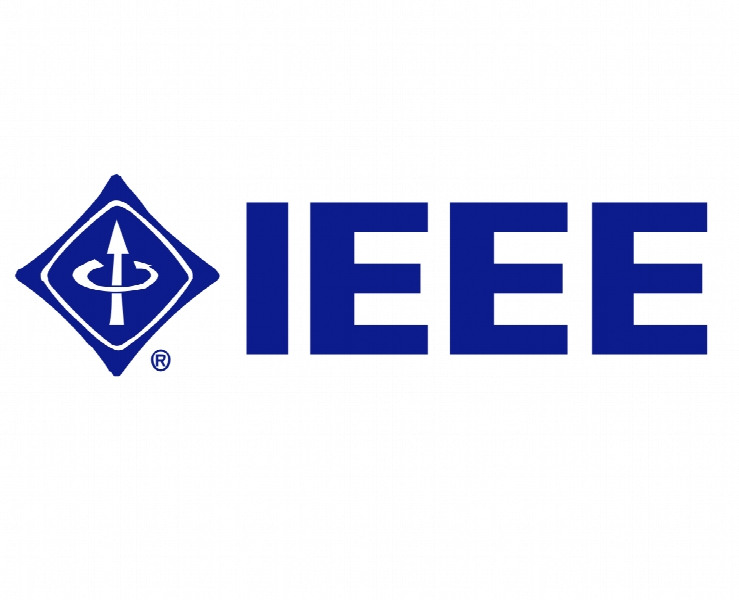اتصال محاسبات ابری و مه Connecting Fog and Cloud Computing
- نوع فایل : کتاب
- زبان : انگلیسی
- ناشر : IEEE
- چاپ و سال / کشور: 2018
توضیحات
رشته های مرتبط مهندسی کامپیوتر
گرایش های مرتبط رایانش ابری
مجله محاسبات ابری – IEEE Cloud Computing
شناسه دیجیتال – doi https://doi.org/10.1109/MCC.2017.29
منتشر شده در نشریه IEEE
گرایش های مرتبط رایانش ابری
مجله محاسبات ابری – IEEE Cloud Computing
شناسه دیجیتال – doi https://doi.org/10.1109/MCC.2017.29
منتشر شده در نشریه IEEE
Description
I ATTENDED THE INTERNET OF THINGS WORLD 2016 EVENT IN SANTA CLARA, CALIF. last year and served as the track chairman for, you guessed it, cloud and IoT. The feeling I got throughout the event was one of confusion: IoT seems to be so systemic, yet is difficult to define. As one presenter put it, “It’s like plastic. It’s going to be a part of everything.” According to Research Nester, “The Global Internet of Things (IoT) market reached USD 598.2 billion in 2015 and the market is expected to reach USD 724.2 billion by 2023. Further, the market is projected to register a CAGR of 13.2 percent during the forecast period 2016-2023 globally.”1 But you don’t have to tell us. Everything in our lives from the cars we drive, to the thermostats on the wall, to our refrigerators, literally, has a mind of their own these days. So much so, that we have ridiculous examples, everything from connected egg trays to Bluetooth-enabled toilets. With all that said, we do have challenges to consider. The challenges include how we can get data processed from so many external devices. According Cisco, cloud traffic is likely to rise 3.7-fold by 2020, increasing 3.9 zettabytes (ZB) per year in 2015 (the latest full year for which data is available) to 14.1 ZB per year by 2020.2 Moreover, big data-associated Internet of Things devices are a large cause of this growth. Indeed, by 2020, database, analytics and IoT workloads will account for 22 percent of total business workloads, compared to 20 percent in 2015. The total volume of data generated by IoT will reach 600 ZB per year by 2020, which is 275 times higher than projected traffic going from data centers to end users/devices (2.2 ZB); 39 times higher than total projected data center traffic (15.3 ZB), according to the same Cisco report. Thus, we have the perfect storm of the use of cloud computing, and the growth of IoT. IoT is about processing data that comes from devices in some way that’s meaningful, and cloud computing is about leveraging data from centralized computing and storage. Growth rates of both can easily become unmanageable. We have some problems to solve.


